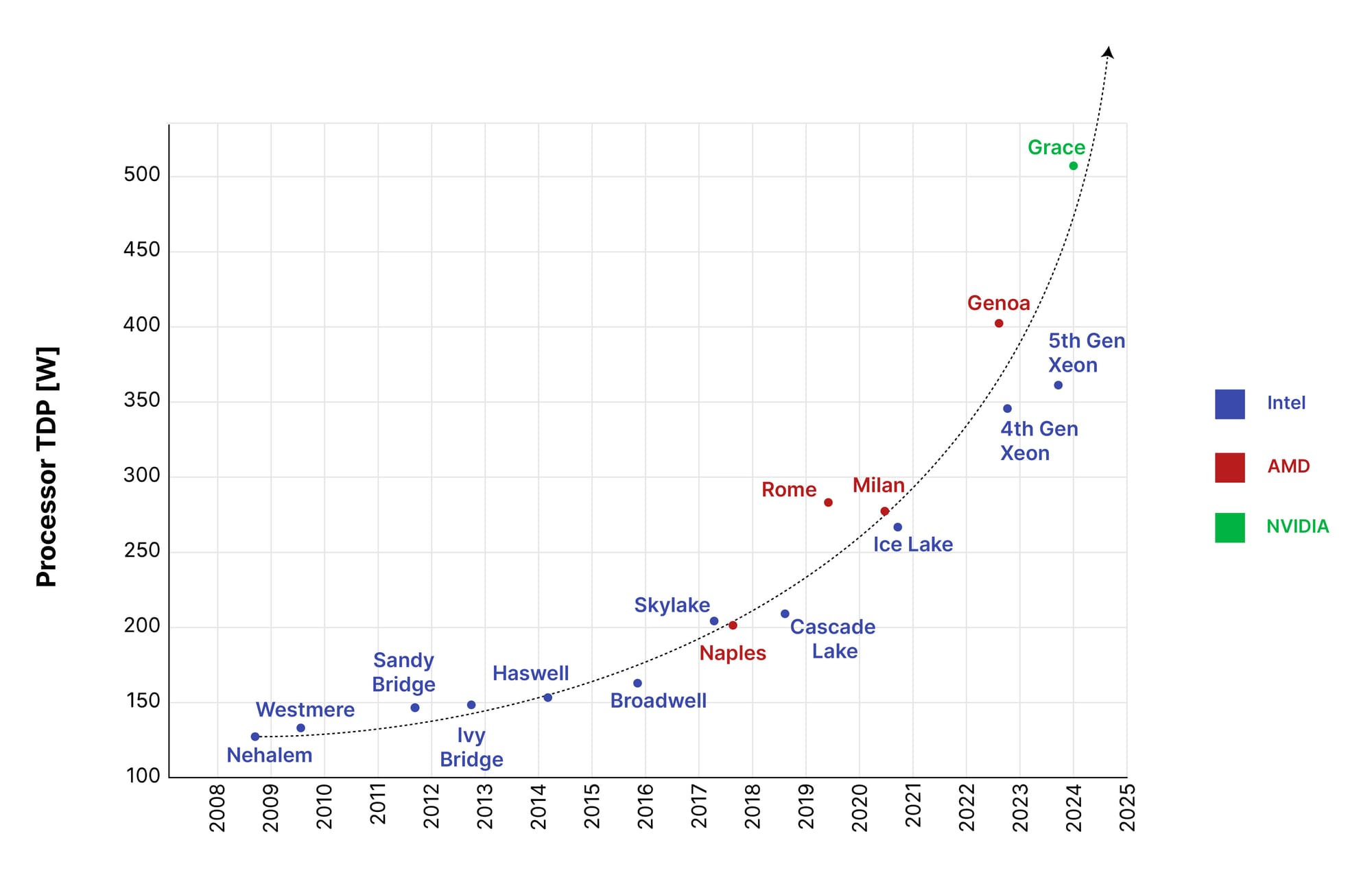Understanding the Heat Challenge in Modern Data Centers
Data centers have become the backbone of modern computing, responsible for processing vast amounts of information daily. To handle tasks like information processing, artificial intelligence, and advanced analytics, data centers need formidable processing power. However, the thermal temperatures in these centers have been rising over the years, leading to decreased computing performance and higher maintenance costs.
The Limitations of Traditional Air Cooling
When data center racks had lower power requirements, air cooling was sufficient. But with today’s high-performance racks, often exceeding 40kW, the situation has changed. The increased thermal power densities of CPUs and GPUs in these systems make air cooling less effective. Air cooling can support over 20 kW of power, but it's inefficient and maintenance-intensive, urging businesses to consider alternatives like liquid cooling.
The Advantages of a Robust HVAC System
A well-designed HVAC system is vital for avoiding heat-related issues in data centers. It offers multiple benefits, such as improved server cooling, better airflow, hot air isolation, and maintaining optimal humidity levels.
Air Cooling in Data Centers
Historically, data centers have relied on air cooling, and while technological advancements have made these systems more efficient, their basic principle remains the same. Air cooling struggles to meet the demands of modern workloads and is increasingly expensive, contributing significantly to operational costs.

The Rise of Liquid Cooling
Recognizing the limitations of air cooling, data centers are transitioning to liquid cooling. Water and other liquids are far more efficient at heat transfer, reducing the impact on global warming and managing the rising Thermal Design Power (TDP) in key components.
Types of Liquid Cooling Technologies
- Direct-to-Chip Cooling: This system integrates the cooling mechanism directly into the computer chassis, using cool liquid to reduce CPU or GPU temperatures.
- Rear-Door Heat Exchangers: These are mounted on the rack's rear, where server fans blow warm air through the exchanger, facilitating heat dissipation.
- Immersion Cooling: A cutting-edge approach where server components are submerged in a nonconductive fluid, significantly reducing energy consumption. This method can be single-phase or two-phase, each with its unique cooling process.
The Future and Challenges of Immersion Cooling
Despite its advantages, liquid cooling raises concerns, particularly regarding leakage risks, which can damage data center infrastructure and data. Additionally, immersion cooling requires specialized management knowledge. AMAX addresses these challenges with patented cold plates, offering advanced cooling solutions adopted by leading global companies.

